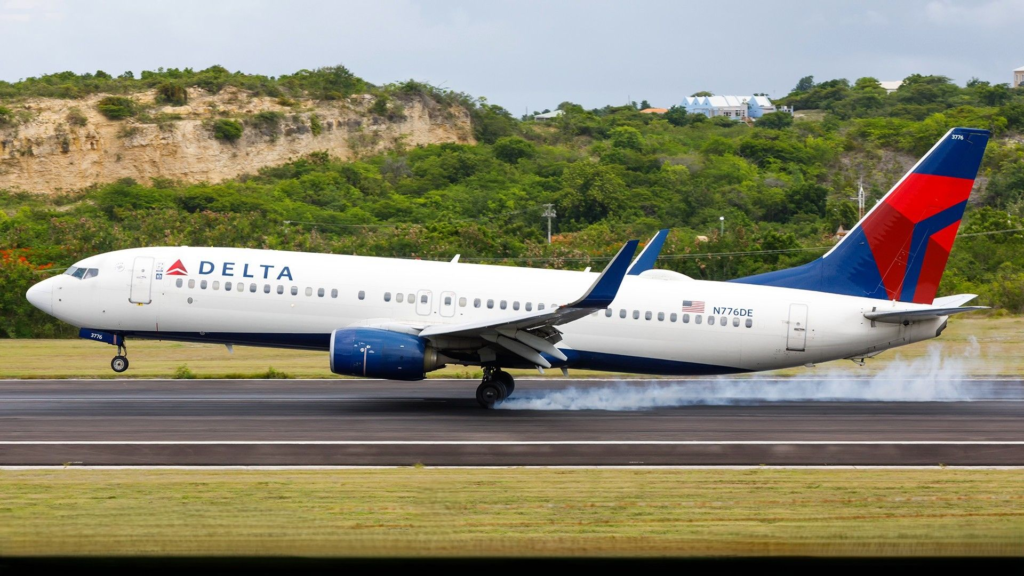Tulum International Airport became Mexico’s newest airport when it opened in December 2023, and it quickly attracted service from major US airlines. As a new gateway to the Riviera Maya, Tulum was billed as an attractive alternative to the crowds of Cancun, which is situated just 80 miles up the coast. And as post-pandemic tourism surged to Tulum, airlines piled in to capitalize on the next big thing in winter sun destinations.
But nearly two years on and things have changed. A combination of a cool-off in Tulum tourism and an excess capacity of available seats has led to the US carriers pulling back from the market. Looking at airline winter schedules (high season in Tulum), this year will see a 26% drop in capacity versus last year, with
The Rationale For A New Airport In Tulum
Tulum is a resort town on Mexico’s Caribbean coast, known for its beautiful beaches, natural cenotes (swimming holes), and ancient Mayan ruins perched on cliffs overlooking the sea. For years, it was a largely undiscovered getaway, far removed from the excitement of Cancun. But as tourism to the Yucatán Peninsula grew, Tulum found itself in the spotlight as an alternative to its more famous neighbor.
But given that Tulum is a two-hour drive from the over-saturated
A spokesperson for
“I think it’s no secret that the industry in general put a lot of incremental capacity into Tulum; now you’re seeing some carriers rationalize a bit. We have pared back a little in Tulum, and are going to double down on Cancun, which performs really well for us.”
A Look At The Data For Tulum
Looking at data from Cirium that compares the 2024 and 2025 winter schedules of US airlines to Tulum, there is a sharp drop-off in the number of flights. This year will see 450 fewer flights, representing a 26% reduction in availability. In addition, while US airlines flew to Tulum from 10 different airports last year, this year that is reduced to just six.
|
Tulum International Airport: Flight Reductions Winter 2024 vs Winter 2025 |
|||||
|
Airline |
2024 Movements |
2025 Airports |
2025 Movements |
2025 Airports |
Reduction |
|
United Airlines |
638 |
EWR, IAH, ORD |
458 |
EWR, IAH |
28% |
|
American Airlines |
600 |
CLT, DFW, MIA |
414 |
DFW, MIA |
31% |
|
Delta Air Lines |
294 |
ATL, DTW, MSP |
238 |
ATL |
19% |
|
JetBlue |
216 |
JFK |
188 |
JFK |
13% |
|
Total |
1,748 |
10 |
1,298 |
6 |
26% |
United Airlines remains the largest US airline to Tulum with more than 450 movements during its winter schedule, but it is cutting more than a quarter of its flights compared to last year. Back when Tulum first opened, United flew there from four airports, but quickly dropped
The story over at American Airlines is much the same, as it will be slashing nearly a third of its capacity to Tulum year-over-year. It has dropped
Delta Air Lines, which is having much larger challenges in Mexico after the US government ordered the break-up of its joint venture with
Why Is Tulum Experiencing This Drop-Off?
The reduction in flight availability to Tulum is a direct result of it ‘cooling off’ as a must-go destination. At the end of the pandemic, Tulum featured heavily with social media influencers, and was able to ride the wave of Americans emerging from lockdowns and looking for new destinations. But now the resort town is facing some significant challenges:
- High Prices: Tulum has become notoriously expensive, with hotel costs, taxi fares and general costs of living and vacationing rivaling those in major cities like Manhattan.
- Beach Access: There is little to no public beach access, and tourists need to pay a ‘national parks’ fee of around $50 per person to get on to the beaches.
- Overcrowding: Attractions like the ruins and cenotes are now often unpleasantly crowded with tourists, diminishing the experience for visitors.
- Sargassum: A significant issue in the past couple of years has been the massive influx of sargassum seaweed, which has made many of Tulum’s beautiful beaches unusable.
As a result, some of the tourist demand has shifted elsewhere, and airlines that clamored to fly to Tulum are re-purposing their aircraft to other destinations for the winter season. Mike Arnot from Cirium, explains that the airlines have now had a chance to review real world data, and are making decisions accordingly. “Airlines will estimate demand, offer a schedule for sale to test their hypothesis, and now they have reviewed results. They will pare back if they aren’t covering their trip costs, or if the opportunity cost of deploying aircraft and crew elsewhere is too high,” he said.

